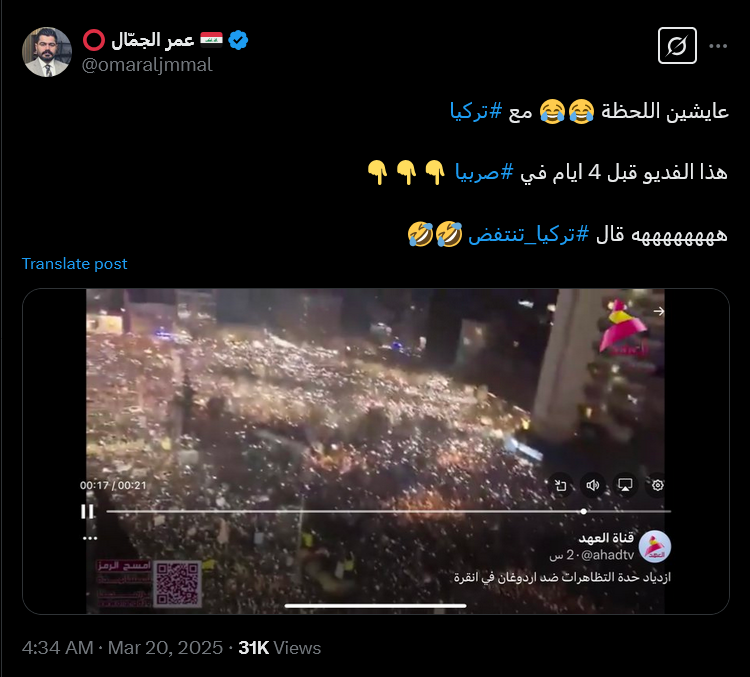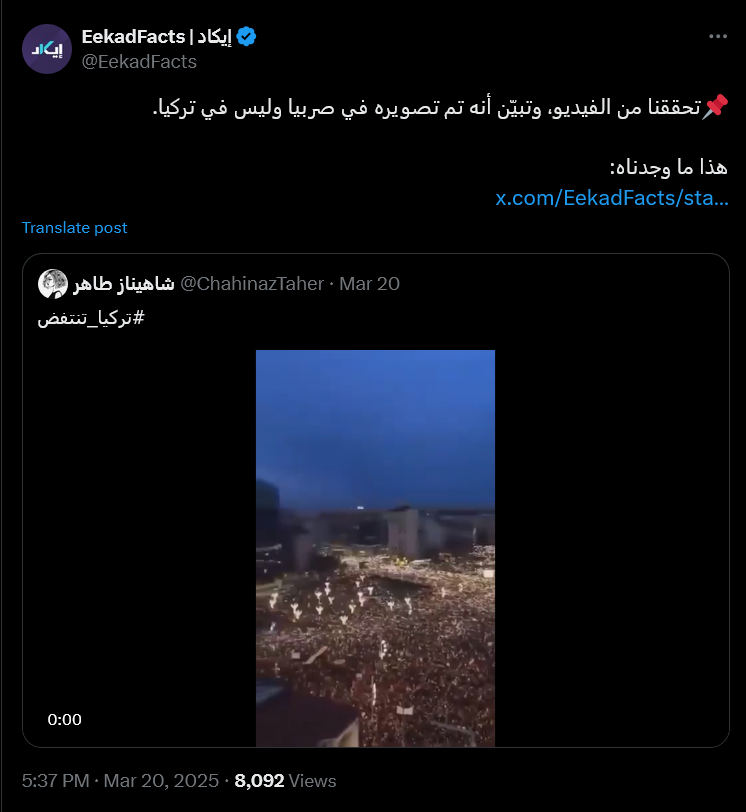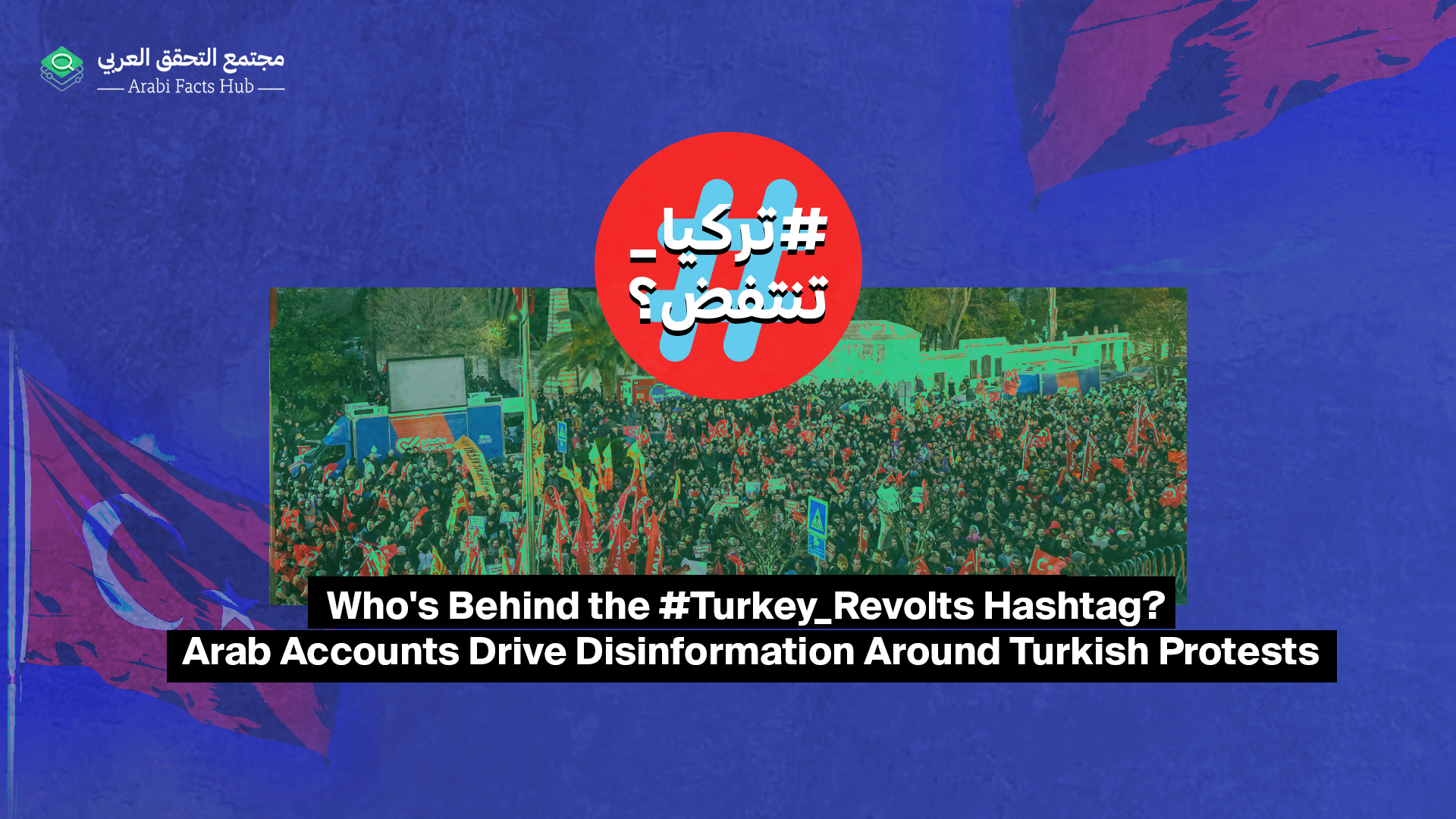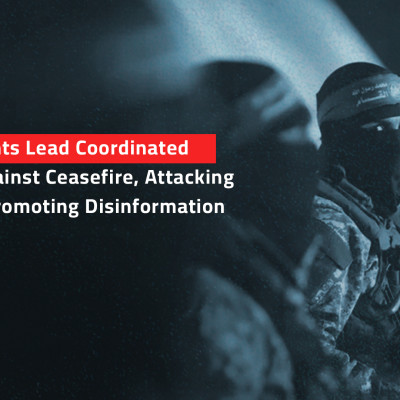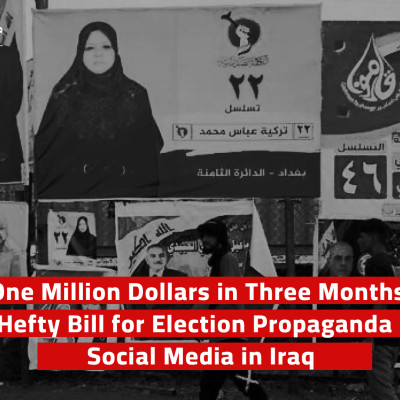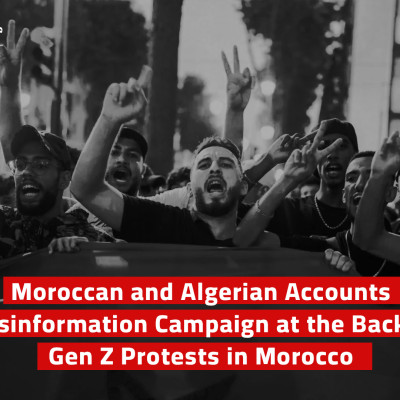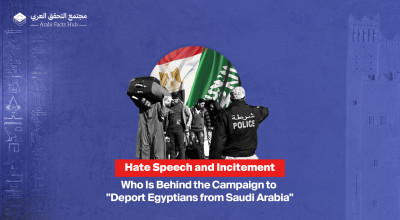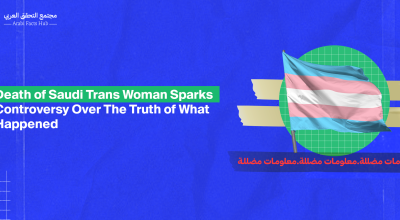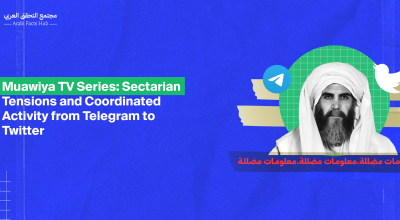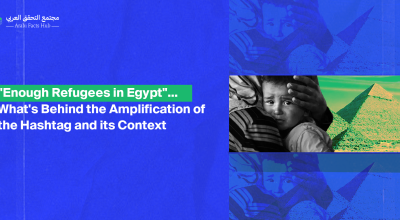On March 19, 2025, as the streets of Istanbul were boiling with popular protests sparked by investigations targeting its mayor, Ekrem İmamoğlu, a sudden digital storm erupted on X. Within just a few hours, the hashtag #تركيا _تنتفض (Turkey Revolts) topped trending lists in several Arab countries.
Amid the early preparations for elections, a legal case erupted involving İmamoğlu, with the Turkish judiciary launching two separate investigations against him on charges ranging from financial corruption to collusion with a terrorist organization.
These investigations, which the Turkish government described as "routine legal procedures," were seen by President Recep Tayyip Erdoğan’s opponents as a new tactic to sideline one of his most prominent rivals ahead of any potential electoral contest. İmamoğlu had previously risen quickly to the forefront of the political scene after his victory in the Istanbul mayoral race in 2019, making him one of the few figures seriously viewed as a direct challenger to Erdoğan.
At the backdrop of this political crisis, digital mobilization began to accelerate—not only from within Turkey, but also from accounts based outside the country.
On the evening of March 19, 2025, the hashtag #تركيا _تنتفض (Turkey Revolts) began gradually appearing on X, before turning within hours into a sweeping digital wave. Unlike typical organic trends, which slowly emerge as natural and spontaneous interactions, this hashtag surged rapidly—registering over 5,000 posts in just the first few hours and surpassing 13,600 posts by the next day, marking the peak of the digital campaign.
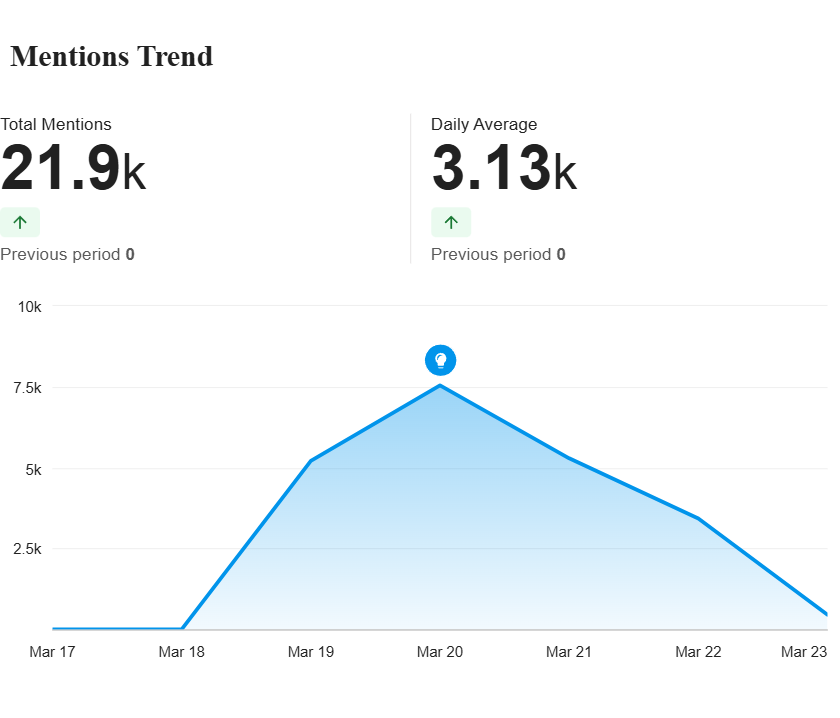
What's striking in the data is that the sharp decline began as soon as media engagement with the news of the protests in Turkey subsided. On March 22, the number of posts dropped to fewer than 1,300—down from over 9,000 just two days earlier. This pattern—a sudden surge followed by a rapid drop—is one of the key indicators of coordinated digital campaigns, which tend to launch abruptly, peak quickly, and fade once their media objectives are achieved.
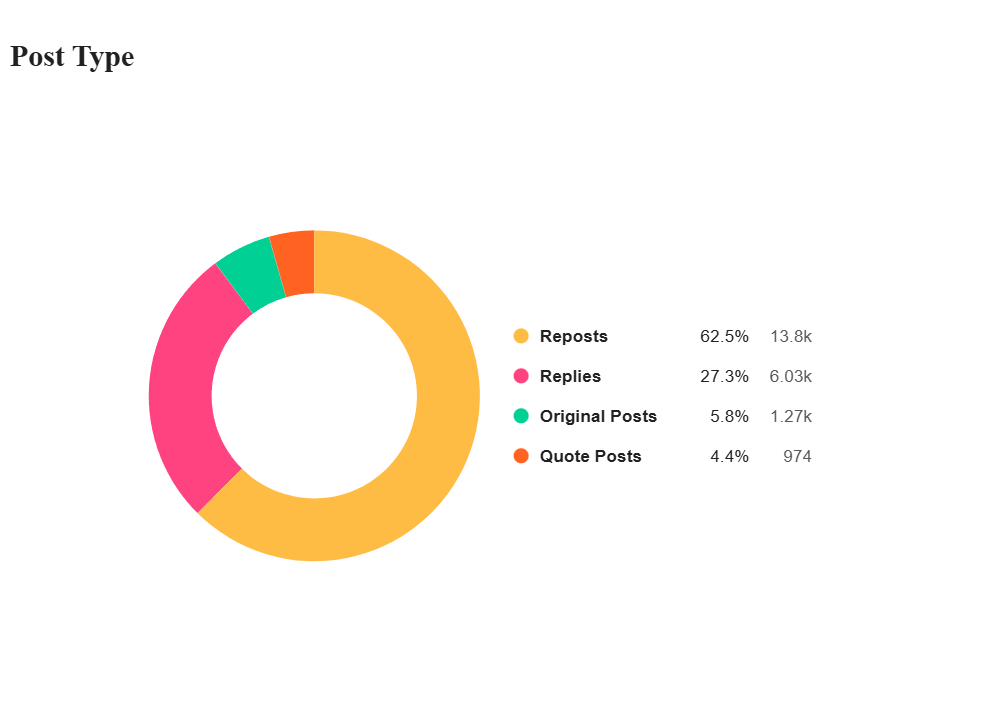
The second indicator lies in the overwhelming dominance of reposts, which totaled over 13,800—compared to just 1,027 original posts. This pattern of dissemination clearly points to a coordinated strategy: pushing specific content, then mobilizing networks of accounts to widely repost it in order to generate rapid and broad exposure.
The data also revealed that the hashtag was not used in isolation; it was accompanied by related hashtags such as #اردوغان_ديكتاتور (Erdogan Is A Dictator) and #تركيا_تسقط (Turkey Falls).
The vast majority of posts under the hashtag #تركيا_تنتفض (Turkey Revolts) did not originate from within Turkey. According to geolocation data, more than 75% came from outside Turkey—primarily from Arab countries, including Egypt (1,200 posts), Iraq (923), Yemen (778), and Saudi Arabia (429).
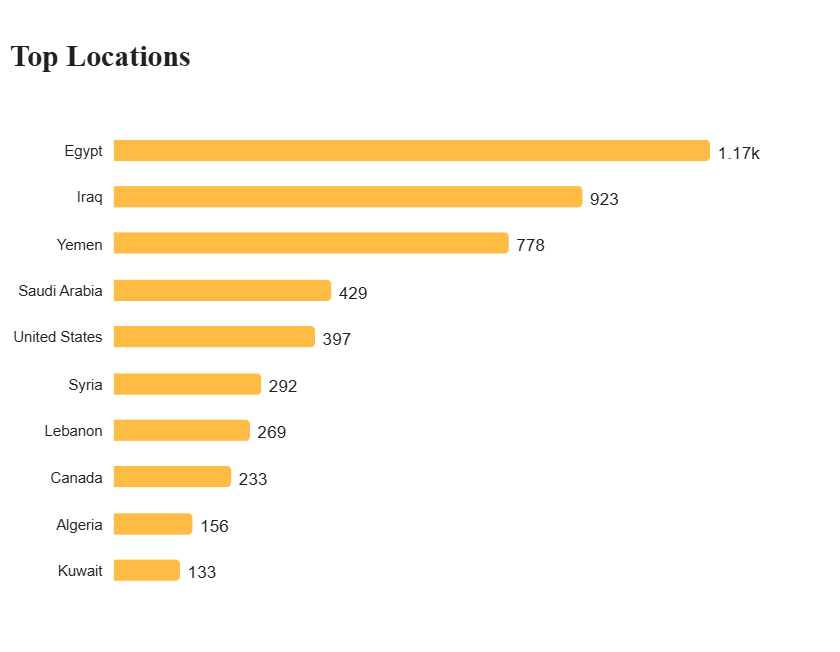
One Campaign, Different Networks
Advanced analysis of the posting and reposting networks under the hashtag #تركيا_تنتفض (Turkey Revolts) revealed several accounts that played a central role in orchestrating the campaign and shaping its media trajectory.
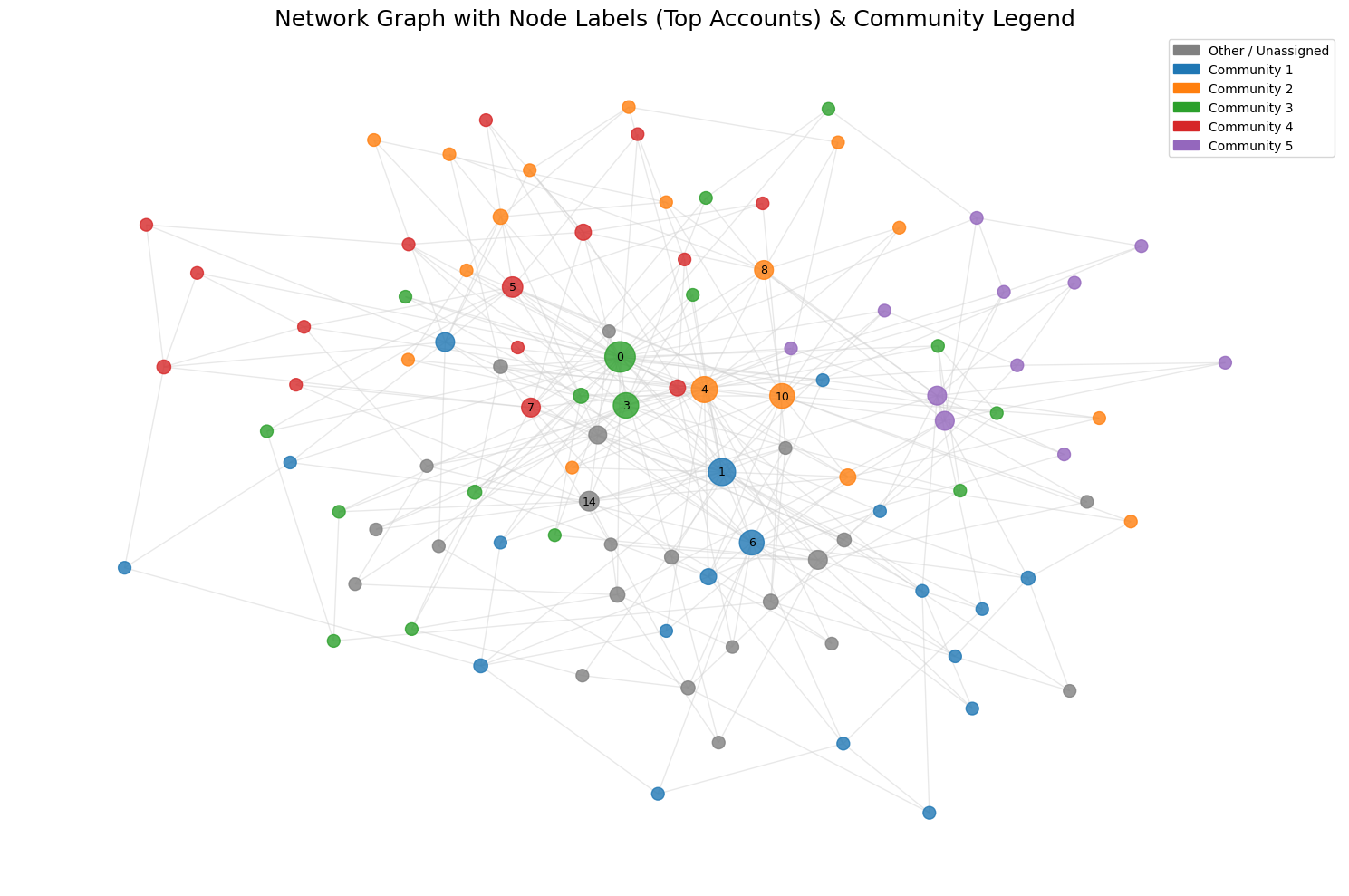
Among thousands of participating accounts, the account @almohamadawi31 stood out as the central hub of the network, with a centrality score exceeding 50%, making it the most influential in terms of mentions and user engagement. This account not only posted widely shared content, but was also highly active in interacting with and tagging other accounts—suggesting a potential leadership role in steering the campaign’s messaging and dissemination.
A review and analysis of the key content posted by user Sadiq Al Mohamadawi (@almohamadawi31) reveals that his posts align with the media narrative of the so-called "Axis of Resistance"—a coalition of forces aligned with Iran. His content openly expresses support for regional actors such as Yemen’s Ansar Allah (the Houthis). For instance, he shared a video of a young Palestinian praising Ansar Allah and expressing a wish for Palestine’s border to be with Yemen in order to "accelerate liberation," as he put it. Another post reflects sectarian rhetoric referring to “Shiite leadership,” and explicitly using the term “Shiite forces” in a confrontational context.
Also notable was the account @alshayakhliu1, whose post ranked second in engagement. It played a significant role in the campaign with a centrality score of approximately 9%. Other accounts such as @Alsharifyusuf73, @aeaat11, and @L1JmG9xosh7fgo1 also emerged as key connectors—actively sending and receiving posts within the network in a coordinated and effective manner.

A review of the posts and positions of Wasan Al Shayakhli (@alshayakhliu1) reveals strong support for Iranian regional stances, with a particular focus on criticizing Turkey—especially in the context of the recent political crisis involving President Erdoğan.
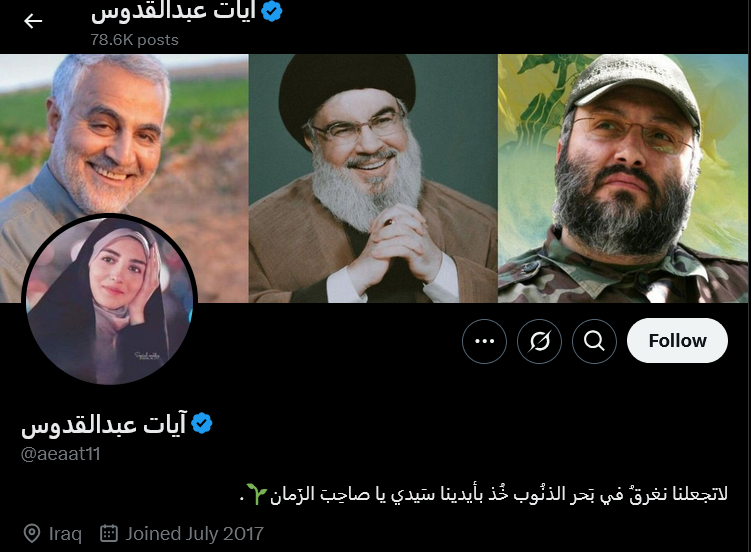
What is even more striking is the structure of the network itself, which featured several closed digital communities (clusters) that engaged intensely within their own circles and pushed the same content in near-synchronized fashion. Among the most prominent of these groups was one that included accounts such as @saqr_alhrya—the most active in the campaign with 141 posts—as well as @hsmlmmdy148913 and @dandrawy_hawary, clearly reflecting strong prior coordination.
These accounts also expressed support for the current Egyptian regime, which had long maintained tense relations with the Turkish government—until diplomatic ties were restored in early 2023.
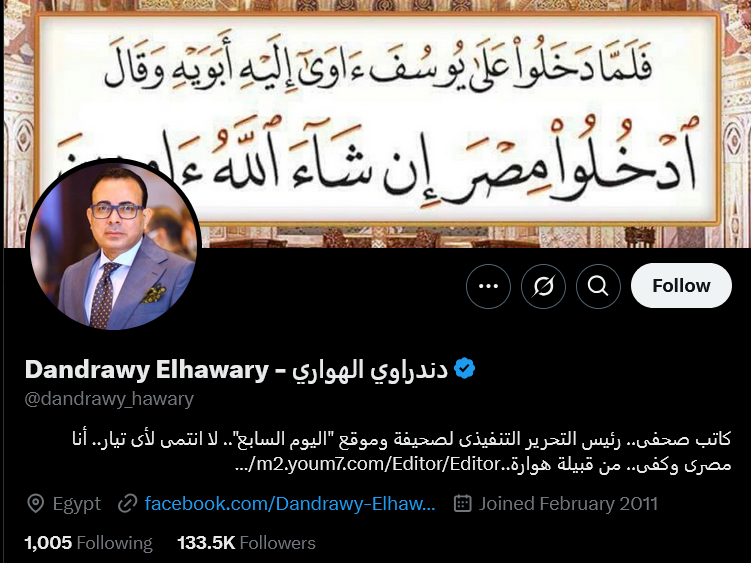
The second cluster included accounts such as @pop2166 and @xqn03t222, which engaged in frequent mutual interactions and consistently shared closely aligned content. A third cluster also emerged, led by accounts like @alshamari_1979 and @ne3mat3awad, forming another key hub for promoting and disseminating the hashtag.

What Do the Keywords Say?
Hashtags supporting the same narrative dominated the content, with the primary campaign hashtag #تركيا_تنتفض (Turkey Revolts) leading with over 18,000 uses, alongside hashtags such as #اردوغان (Erdogan) with 8,053 mentions, as well as #اردوغان_ديكتاتور (Erdogan Is A Dictator) and #تركيا_تشتعل (Turkey Inflamed).
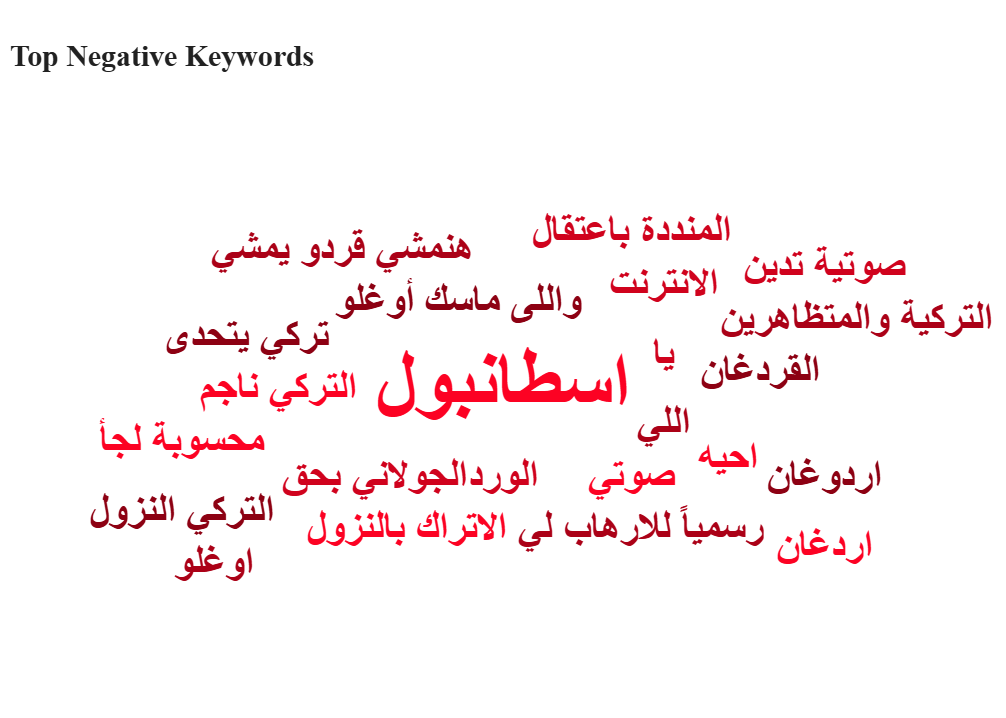
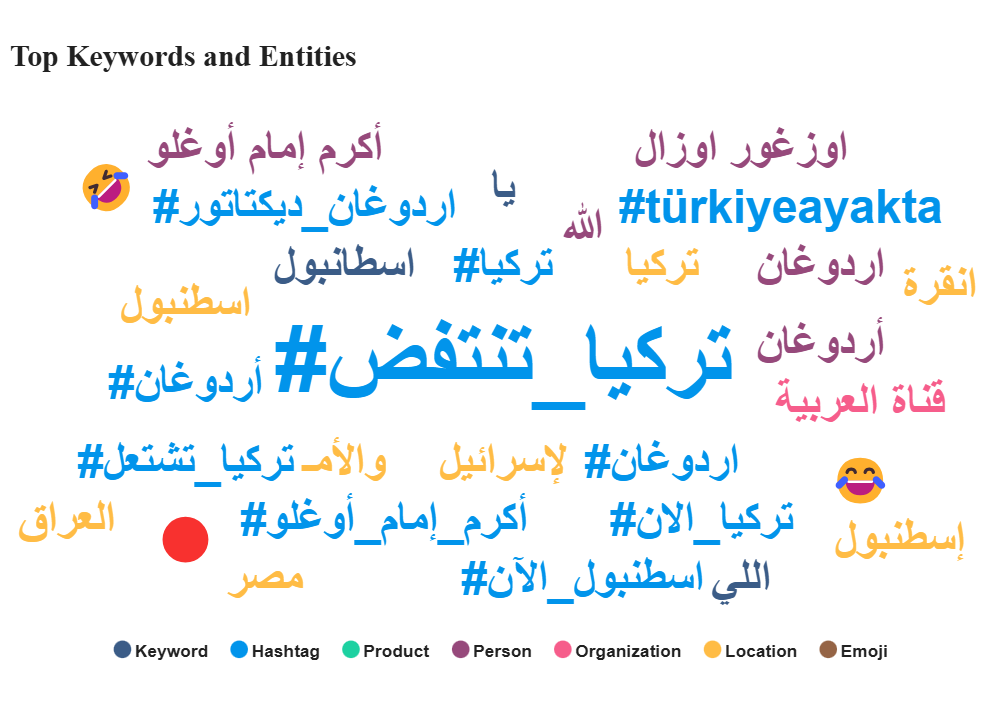
One of the key features of the #تركيا_تنتفض (Turkey Revolts) campaign was the widespread and systematic use of disinformation, whether through the spreading of fake news, the circulation of out-of-context images and videos, or through manipulation of descriptions and terminology.
At the forefront of this approach was a post shared by influential accounts like @almohamadawi31, which claimed that "protesters had set fire to the Israeli consulate in Istanbul" and chanted against Israel and the U.S. This information was false and not reported by any credible media source, yet it was widely circulated, achieving more than 4,800 reposts.
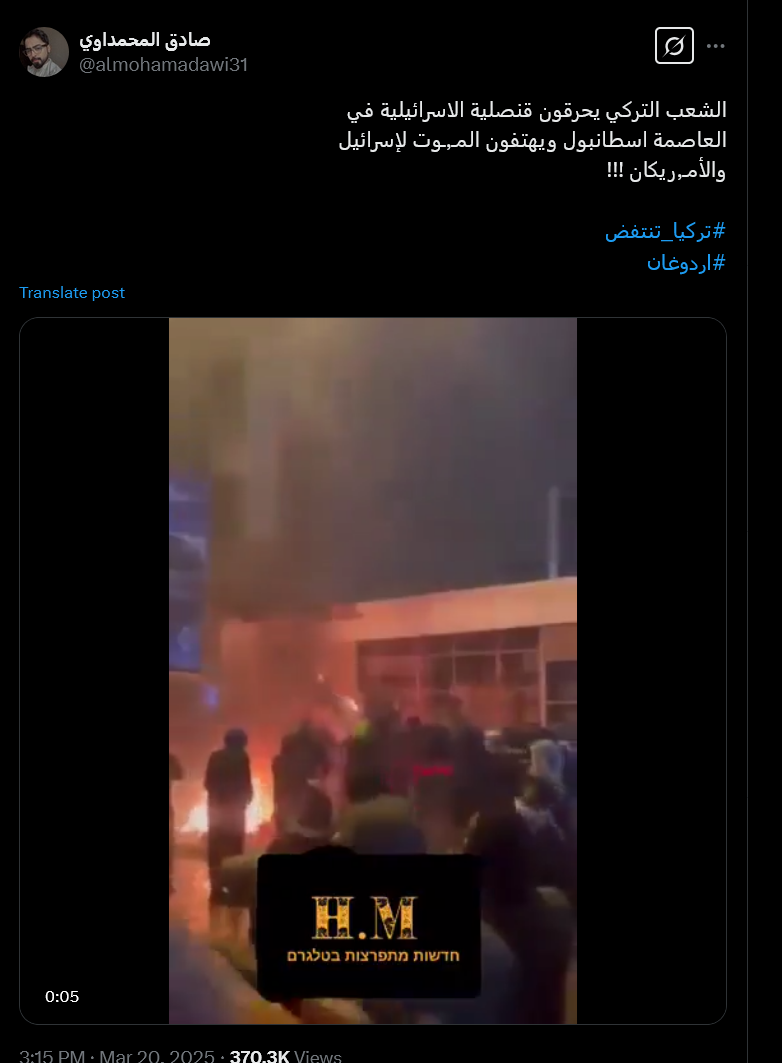
Additionally, @alshayakhliu1 posted a video claiming to show "massive protests taking place in Istanbul," with a caption suggesting that "Al Jazeera, Al Arabiya, and Al Sharqiya channels are not reporting on what’s happening." However, after verification using the InVID tool and AFP (Agence France-Presse), it was revealed that the video was actually from Pope Francis’s visit to East Timor in September 2024, and had no connection to the events in Turkey or Istanbul. The same video had previously been circulated in other misleading contexts, such as falsely claiming to show protests in Mumbai, India.
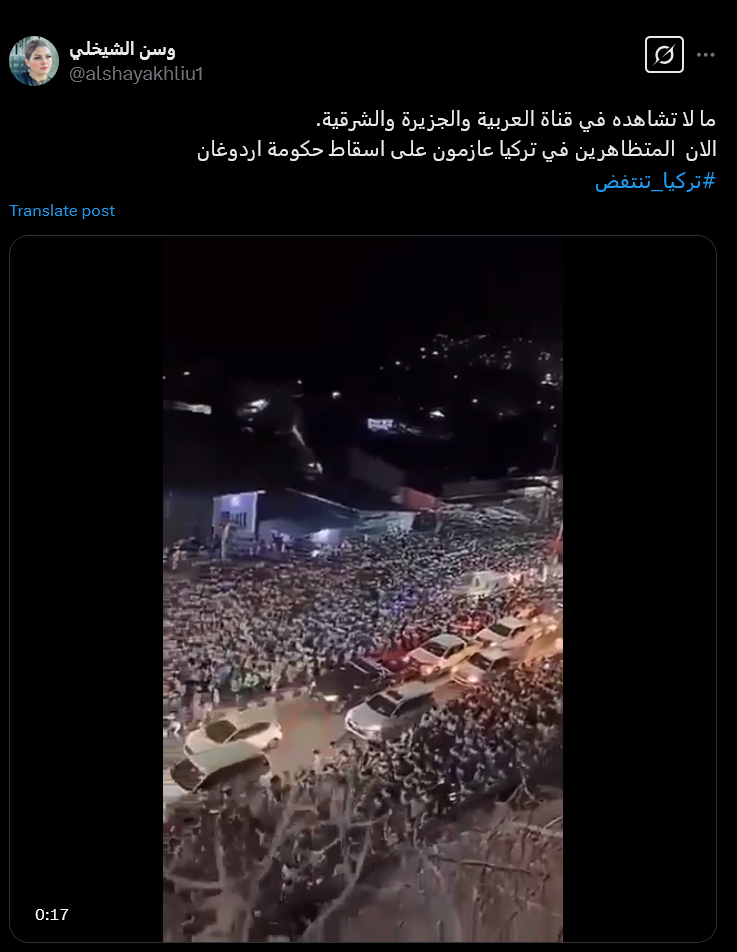
Several other old posts and videos were also re-shared as if they documented the recent protests, such as videos from events in Serbia or previous protests in Turkey. These were shared by accounts within the campaign without any indication of their actual timing or location. However, they were exposed by specialized media accounts like @omaraljmmal and @eekadfacts.
